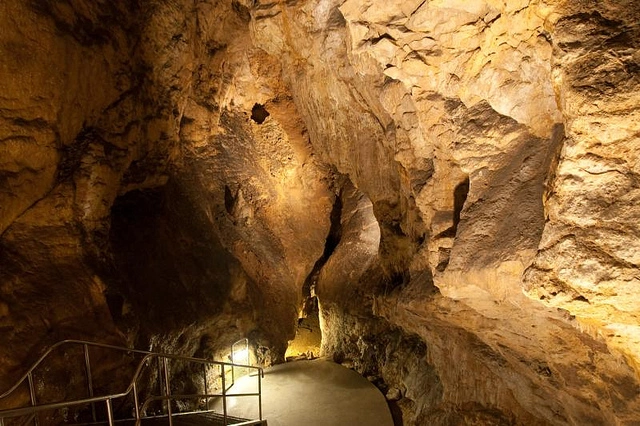
8 Ways You Can Get Explore Budapest’s Caves
Budapest is a city full of caves, cellars, and underground tunnels. Here are the 8 best ways you can explore them.
O
C
There are over 80 geothermal springs and some 200 caves running under Budapest. The city lies on a geological faultline, where the thermal water rising up to the surface carved out many cave passages over the millennia.
These caves are a little different from your standard caves, as these came from thermal water below the ground, so many did not have a natural entrance to the surface and lay hidden for a long time. Some had been used since Medieval times as cellars and dungeons, while others were discovered as late as the 20th century (and who knows how many uncovered caves there are).
If you want to get below the surface of Budapest, quite literally, and go beyond the routes covered by the Hop On Hop Off Bus, then read on to learn more about Budapest’s subterranean world.
1. Admire the stalactites and stalagmites in the Pálvölgyi Caves
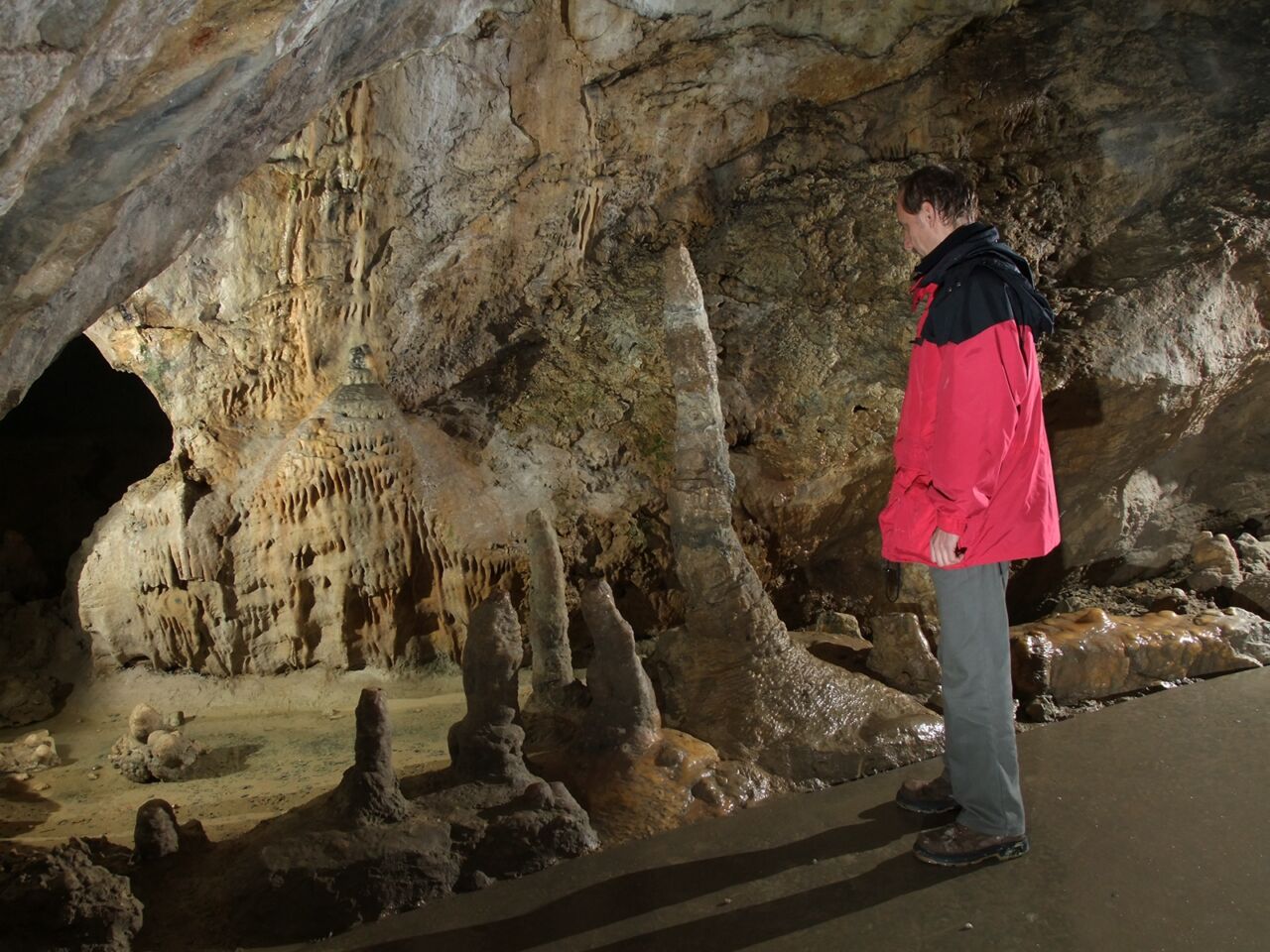
The Pálvölgyi Caves are the most classic kind of cave you’ll find in Budapest. This paved show cave is home to some stunning stalactites and stalagmites. You can only visit the caves on a tour, and while the tours are mostly in Hungarian, English-speaking visitors will get a little laminated card with all the accompanying information on it. You’ll be scaling up and down ladders, so come prepared.
2. Marvel at the “underground garden” in the Szemlőhegyi Caves
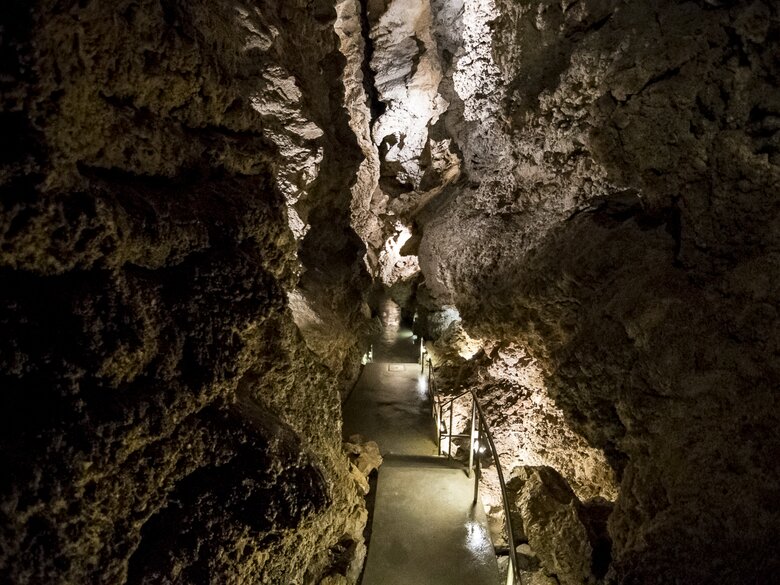
Close to the Pálvölgyi Caves, you’ll find the Szemlőhegyi Caves. These caves are also show caves, but you’ll find they are a little different from the former, as this is a good example of a cave carved out by thermal water.
In place of stalagmites and stalactites, you’ll find floral-looking mineral deposits, which is why this cave gets its nickname “Underground Flower Garden.”
The path through this cave is more gentle than the Pálvölgyi Caves, so it’s a little more friendly to those who don’t fancy climbing ladders. You can get a combined ticket for the two caves, should you want to do both, as they’re easily done in a day together.
3. Go spelunking under Mátyáshegy

If you find show caves too vanilla for you, then get your hard hats on and go on a subterranean adventure. Opposite the entrance to the Pálvölgyi Caves, there is another cave system, the Mátyáshegy cave network, which is vast.
You can join a spelunking tour—no experience required, and kids can join too—for 3 hours of intense, underground fun. This is a physically demanding excursion, though, as you will wriggle through tight passages, climb underground boulders, and go deep underground with nothing but a jumpsuit, hat with a torch, and a guide.
Make sure you wear sensible footwear (think sturdy hiking shoes) and comfortable light clothes. There are changing rooms and lockers at the Pálvölgyi Caves information center (where you will start) and enjoy the tour!
4. Try cave diving in the Molnár János Cave
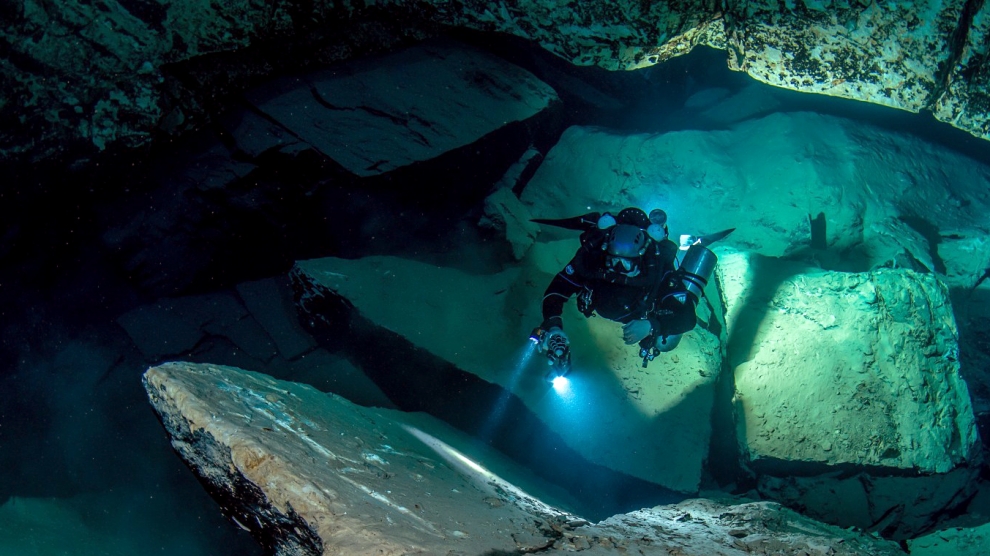
Looking for something even more extreme? If you’ve got a cave diving license then you can visit the largest known thermal water cave in the world, which lies here right under the center of Budapest! The Molnár János Cave runs for some 7 kilometers (that we know of) and is filled with thermal water.
In fact, the water from this cave is what supplies the nearby Lukács Baths, which is just across the road from the entrance. Experienced cave divers have the chance to explore this curious underground and underwater part of Budapest, which is something truly unique.
5. Visit the Cave Church under Gellért Hill
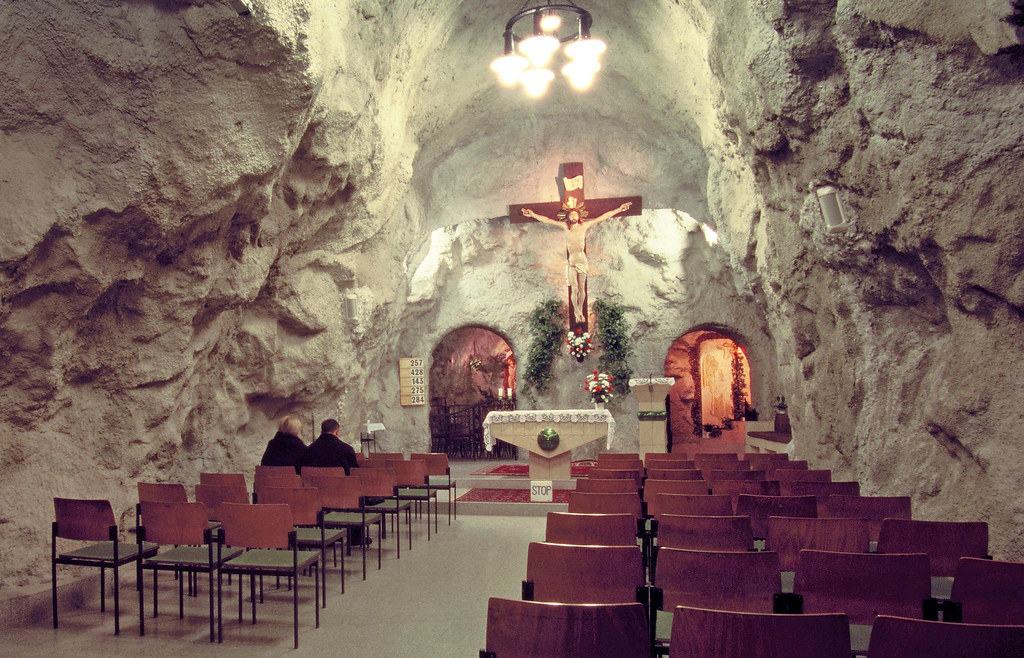
Gellért Hill is home to many interesting places, like the Cave Church, also known as St Ivan’s Cave, after the hermit who once resided there. The Pauline monks turned the cave into a church, although under the communist regime, the cave entrance was sealed up. Today the church is still in use, but it’s open for tourists outside of mass times.
6. Get lost in the labyrinth under Buda Castle
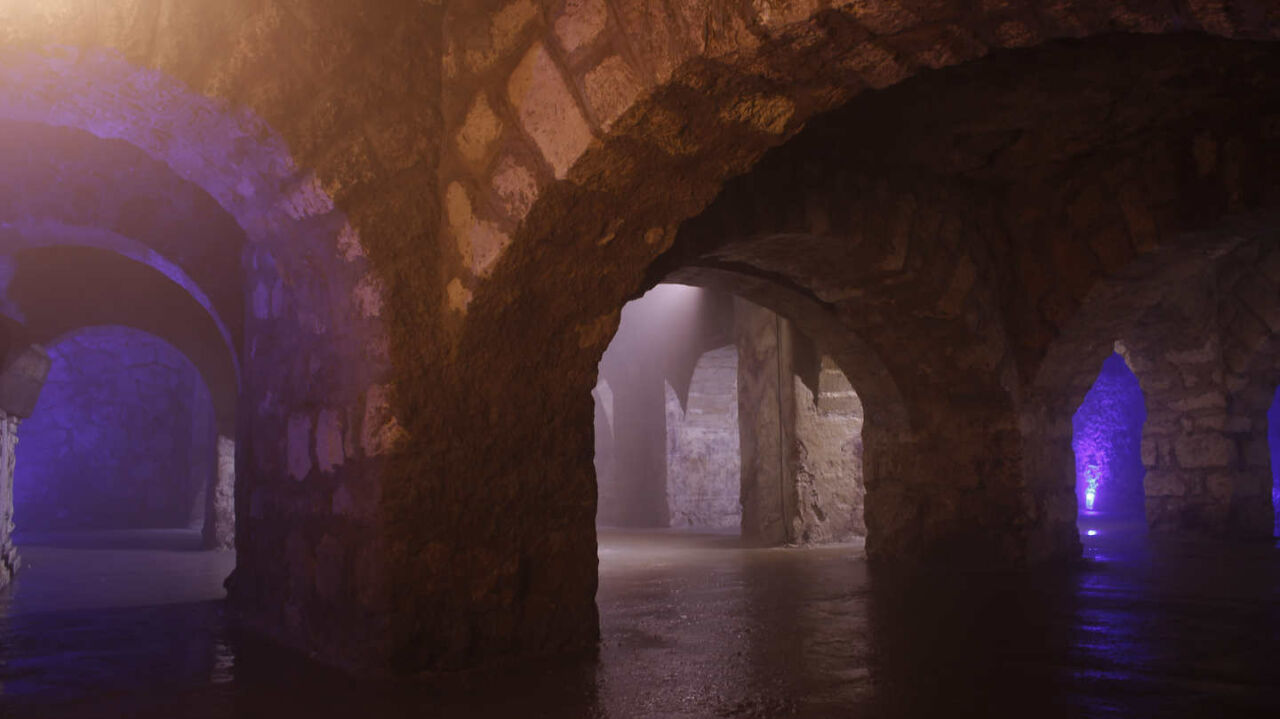
Buda Castle has a network of caves running below it. There are a few different tours and sections, but Labirintus is perhaps the most popular. It’s a surreal subterranean exhibition and immersive experience, complete with a wax museum of figures dressed in costumes once belonging to the Hungarian State Opera and even fog-machined filled chambers that legend has it imprisoned Vlad the Impaler, the man who inspired the Dracula legend. Sometimes, if you come an hour before closing time, you can explore the caves with nothing but a gas lantern (all the lights get shut off), if you dare!
7. Travel back in time in the Hospital in the Rock
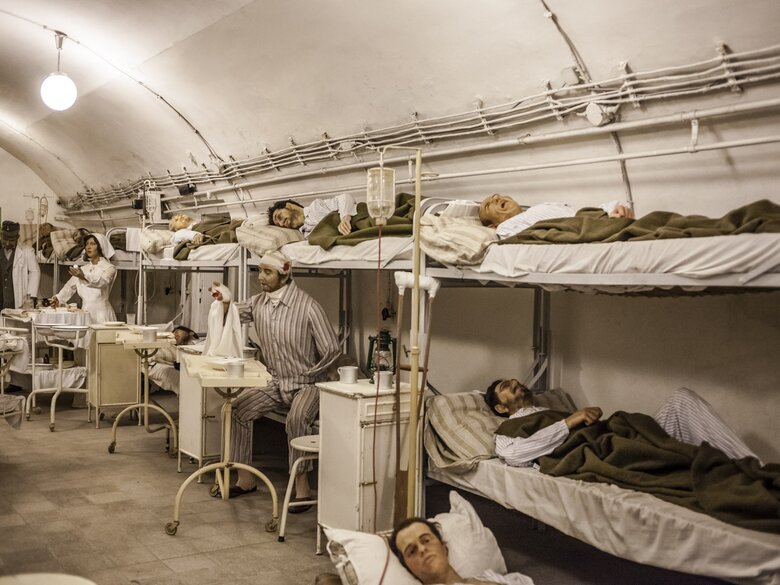
This part of the cave network was used as a hospital during the Siege of Budapest and during the uprising in 1956. During the Cold War, it also became a nuclear bunker. Today you can visit the old hospital with a guide, as you’ll see rooms with original hospital equipment, and eerie waxworks reenacting hospital life underground. You’ll also see the decontamination chambers and other curiosities left behind from its life as a bunker.
8. Discover Budapest’s extensive wine cellars in Budafok

If you want something truly off the beaten track, then take the tram 47 to the end of the line, to Budafok. This suburban neighborhood in southern Buda is home to some 120 kilometers of tunnels, many of which are used for wine cellars. The interesting thing about this wine district is that winemakers from all over Hungary bring their wine here to store and age. You have the sparkling wine cellars of Törley and Hungaria here, as well as smaller cellars from winemakers from Balaton, Szekszárd, and Villány, among others. The most interesting cellars are the Törley cellars and museum, and the Zaborniszky cellars, where you’ll find an underground ethnographic museum depicting cellar styles from across Hungary in one long and colorful passage. The district hosts open days for cellars on the first weekend of the month.
Q & A
- Does Budapest have catacombs?
- Not in the same way as in cities like Paris and Rome, but Budapest has a network of natural caves under the city. Some are show caves, while others are used as wine cellars, churches, or hospitals. There are no dedicated underground catacombs in the natural caves.
- Where are Budapest’s caves located?
- Budapest’s caves are located on the hilly side, in Buda. Although, there are some underground locations, like in the neighborhood of Kőbánya in outer Pest, where quarrying left a vast network of underground tunnels and cellars behind.
- Is it safe to go caving in Budapest?
- Yes, if you go with a proper tour and an instructor. Cave diving, on the other hand, carries more risks but is only open to expert divers with cave diving licenses and with a guide.
Related Articles
-

Your ultimate itinerary to exploring Budapest in 1, 2 or 3 days
-

Budapest in January: What to Expect in Winter
-

The history of the Military Museum Budapest
-

Primark Budapest – finally, the popular store has arrived in our country!
-

5 clubs you can’t miss when visiting Budapest
-

Find the best apartment for rent in Budapest




Your experience is important.
Anything you have not found?
Ask a Question
Please log in to write a review.
There is no review yet.